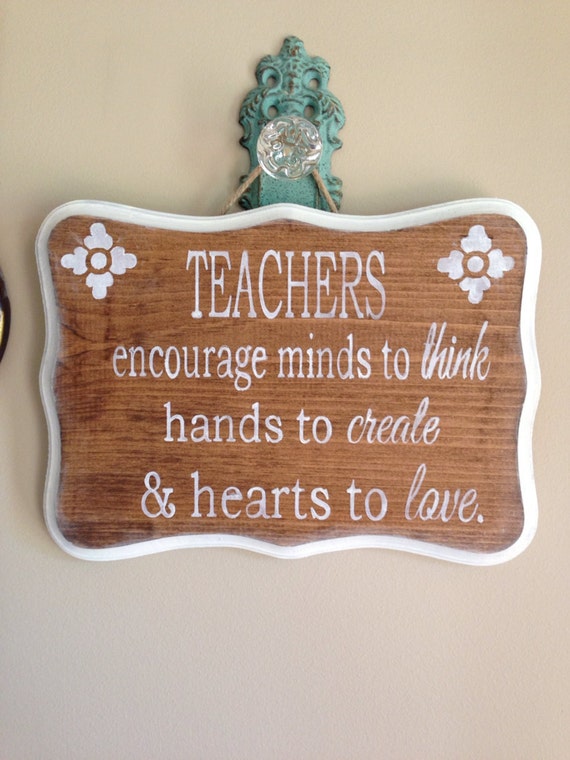For my ROL and AR I have been implementing writing and recording of thoughts in math class by incorporating math journals. When I started my research, I wanted to see how math journals help my 3rd grade students grow as a learner in math. Research indicates that by writing down thoughts and ideas, students will remember it better. Also by putting it into their own words and having them express their thoughts helps them think about what they are learning!
To start my AR process, I had the students divide their notebooks into three sections:
- Math Thinking: where they would do their writing about what they learned or what they didn't understand. I gave them prompts to write in this section. For example: "I learned today...." "I still don't understand..." "This is how I solved my problem..."
- Math working: where they would work out problems that were on the board. I used this a lot with our math message or mental math from Everyday Mathematics. They would work on the problem in the notebook and show me how they got their answers. We then would discuss the different ways to solve a problem. Opening up the room with lots of "Math Talk!"
- Math Learning: This is a place to take notes. I have found that we don't take a lot of notes in third grade. I found that their thinking about the math was more important then them taking notes. I could see this section being more beneficial to the upper grades.
I am currently wrapping up my AR data collection. Overall, I have enjoyed implementing the math journals into our math class. I find that it helps me understand what the students are getting out of lessons and what they are struggling with by looking at their work in their journals. Also, the students take ownership of their math work in their journals.






